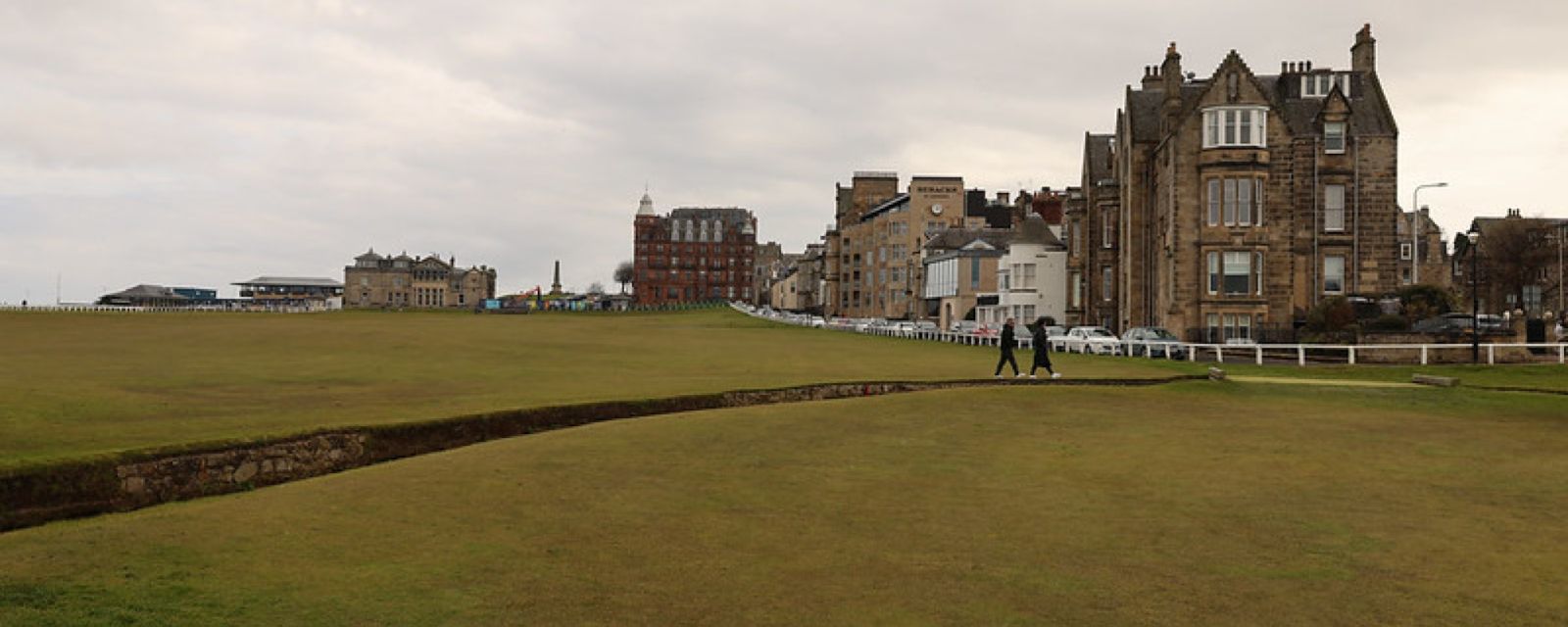Edinburgh … and beyond
The iconic Swilcan Bridge.
I had no idea just how beautiful Edinburgh is. And how old.
But first, let’s take a quick trip around the city’s outskirts. Edinburgh (like Rome) is built on seven hills that surround the city. Holyrood Park is situated to the east of the city centre, not far from the historic Royal Mile, and is dominated by the distinctive shape of the 251m-high Arthur’s Seat, an ancient volcanic peak that broods over the city. Some say it was once the site of Camelot, King Arthur’s fabled court.
It’s a cold but sunny day when I stand on its green slopes bursting with spring flowers and watch hikers making their way up the many walking trails and grassy slopes, taking a short stroll or maybe venturing further to explore the rocky cliffs or shimmering lochs. In the distance, the dark presence of Edinburgh Castle looms over the city below.
From the green hills of Holyrood Park, Gordon, our guide, takes our small group of international travellers into the city itself. It’s divided into the New Town and the Old Town. New Town is a bit of a misnomer today because this area was built in Georgian times, when mad King George III was on the British throne (think late 1700s, early 1800s) in an era defined by elegance and refinement.
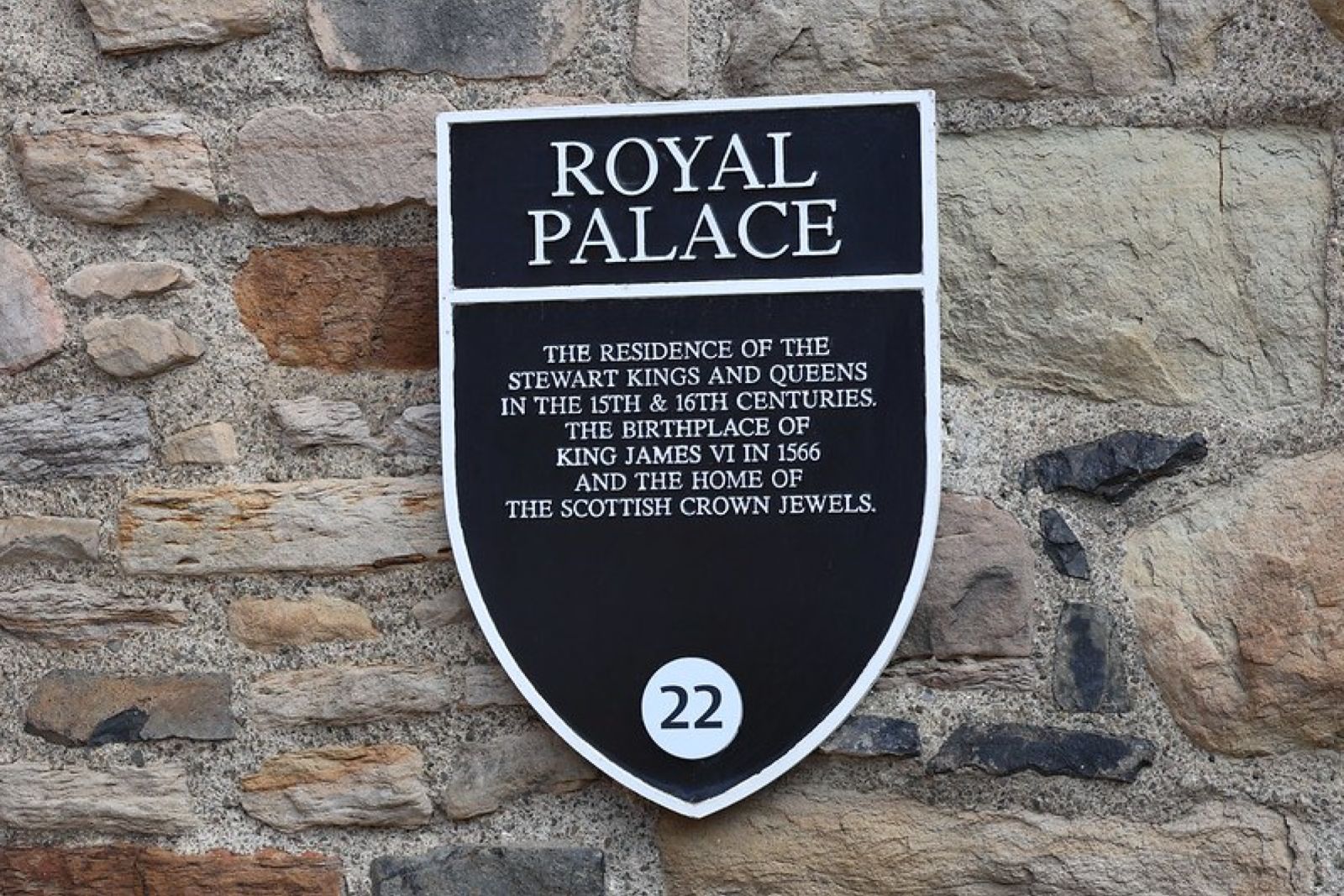
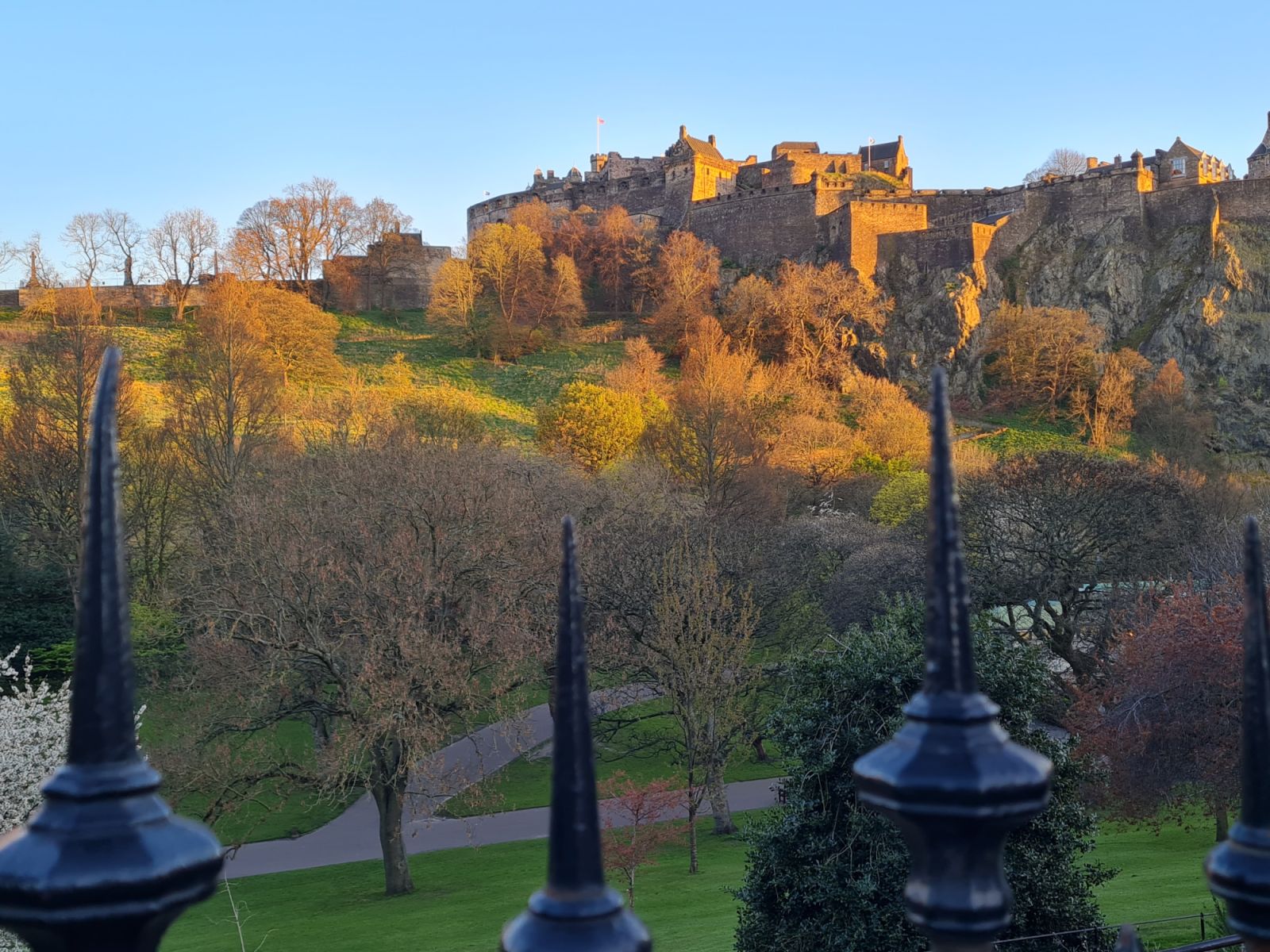
Edinburgh Castle and its surrounds.
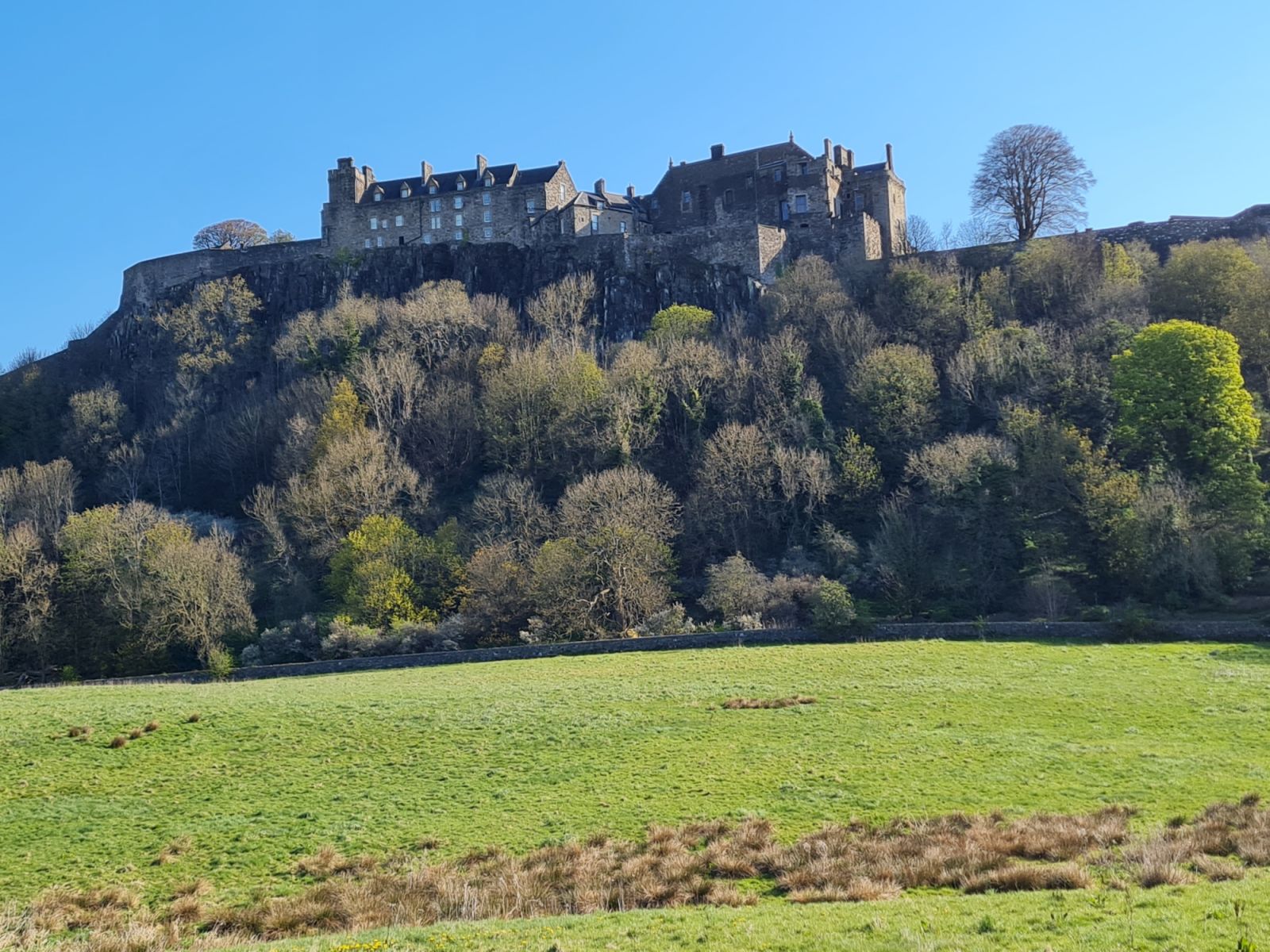
A wide-open area surrounding the castle.
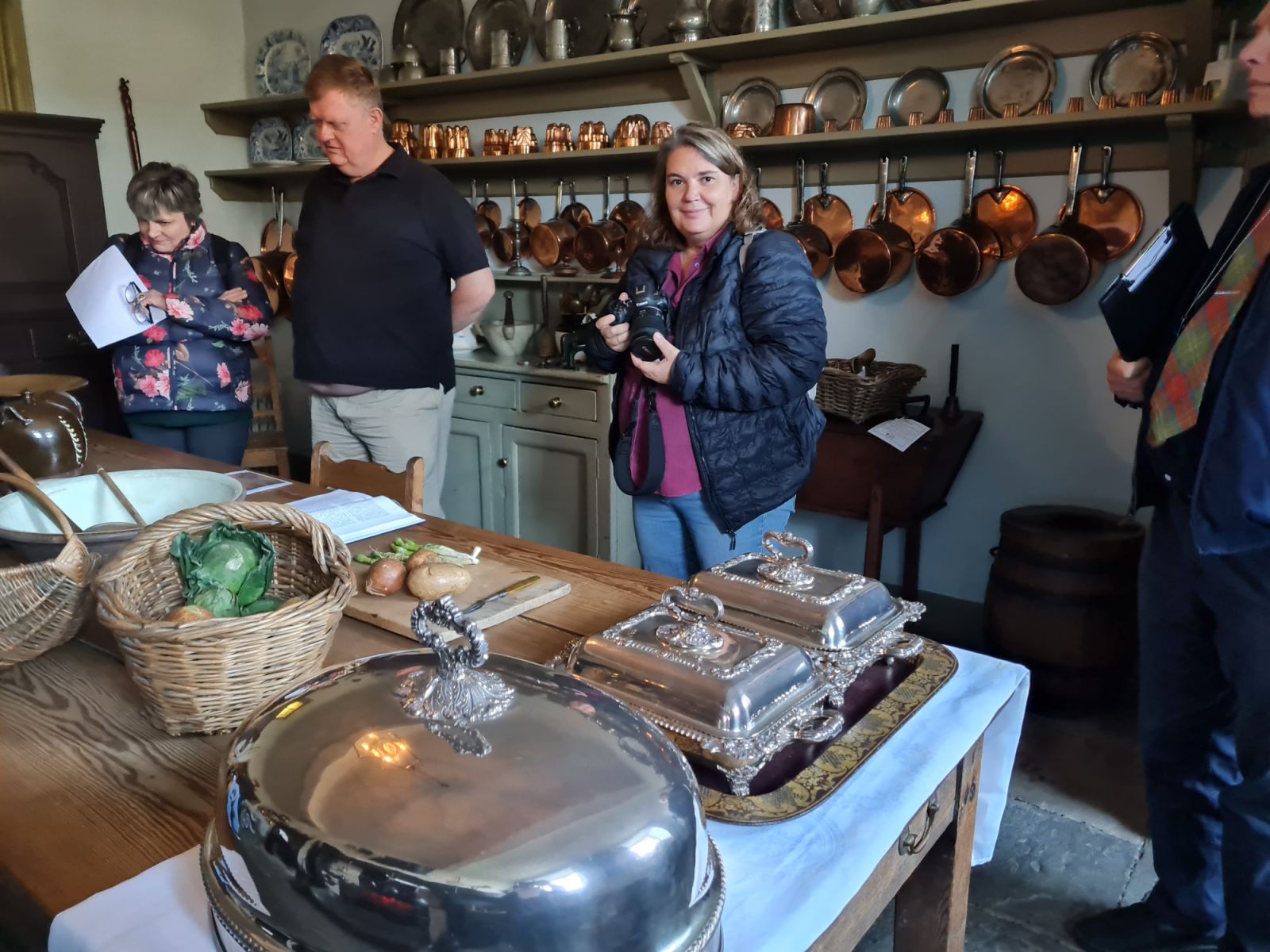
Exploring inside a Georgian house in New Town.
In London the British Museum was being built at the time, along with the beautiful Kew Gardens. Here in Edinburgh you will also find some of Britain’s very best Georgian architecture – gracious houses, wide boulevards and elegant squares that today probably look the same as when they were built. Both the Old and New Towns comprise a Unesco World Heritage Site and 75% of the buildings are “listed”, meaning their exteriors must remain original and untouched.
We visit the meticulously restored Georgian House on Charlotte Square in the heart of New Town, and step back into the luxurious lifestyle of Edinburgh’s high society of the time. We visit grand rooms, admire the elegant furnishings and go “below stairs” into the working kitchen with its huge coal range and copper pots and pans. There’s even a butler’s room with a desk, bed and chamber pot.
Then into Old Town. Situated within the ancient city walls, it’s a warren of dark, twisting alleyways and old houses leaning towards each other over the narrow cobbled streets – it’s a Harry Potter world and, indeed, we walk past the café where JK Rowling sat and wrote some of the first books. The turrets and towers of the nearby 400-year-old George Heriot’s School are said to have been her inspiration for Hogwarts School of Witchcraft and Wizardry.
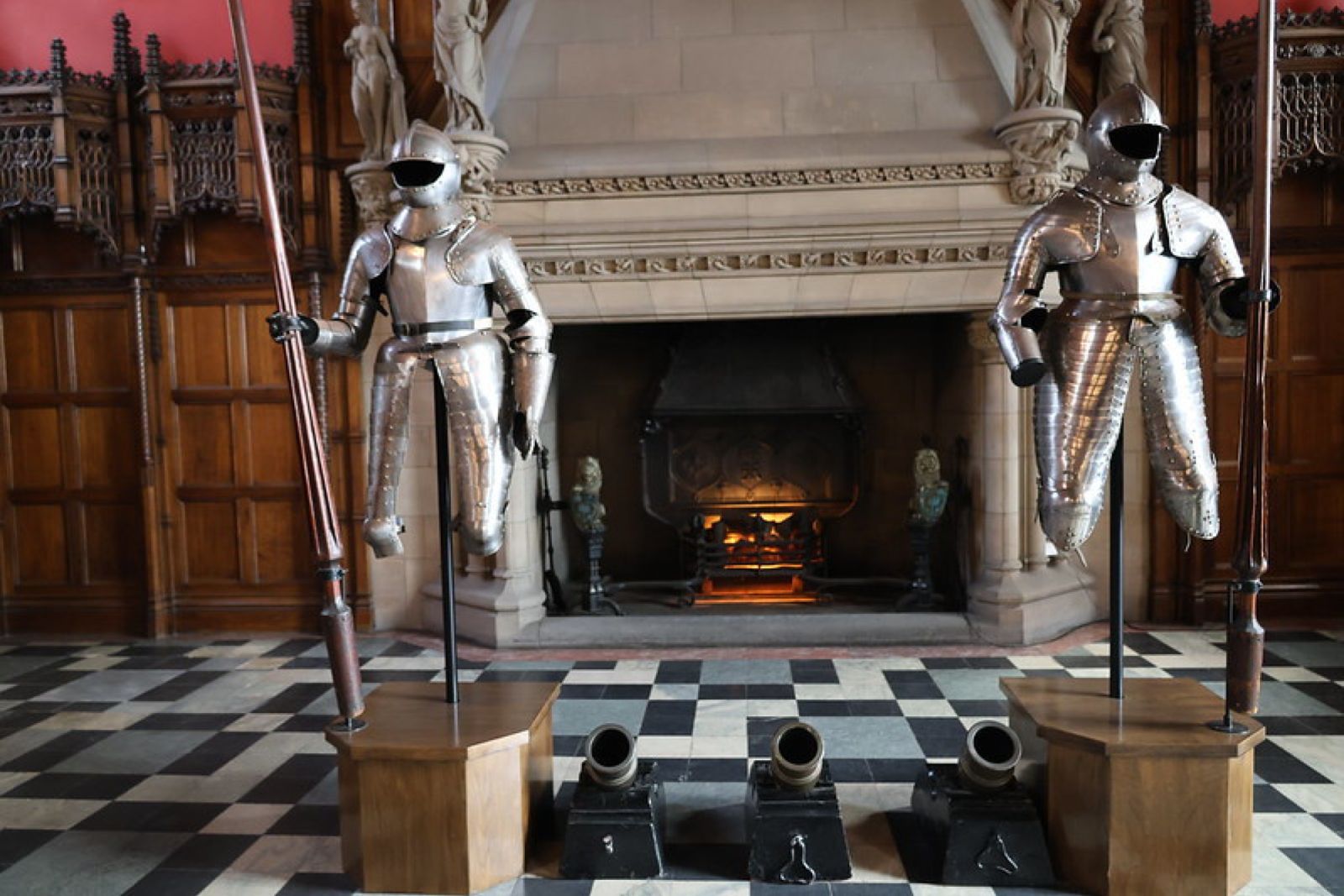
Original suits of armour in the castle.
But it’s Edinburgh Castle that’s the highlight. An icy wind whips round the historic fortress as we climb up towards it. From the huge square in front of the castle we get wonderful panoramic views of the city. Then it’s up into the castle to first visit the Grand Hall with its splendid original suits of armour, and then, at the very top of the castle, the Crown Jewels of Scotland. A long queue has formed.
I’ve twisted my knee, so the thought of all those steps, stairs and steep passages is a bit intimidating. But a perceptive guard notices that I’m limping and in no time at all I’m ushered into a “mobility car” and driven up through dungeons and dark passages before finding myself stepping out inside the cold stone walls of the chamber displaying the Honours of the Kingdom – the Crown Jewels of Scotland: a crown, a sword of state, a sceptre and the Stone of Scone (pronounced "skoon"), one of the oldest sets of royal regalia in the Christian world. As my helpful guide explains all this, my friends appear on the other side of the display case, shuffling along with the rest of the queue. I try not to appear smug.
We were among the last people to see the Stone of Scone – a small slab of sandstone, but of huge ancient historical importance – before it was whisked off to Westminster Abbey to be slotted under the throne of King Charles III before he was crowned.
The next day I find myself standing on the iconic Swilcan Bridge at the 18th hole at the Royal and Ancient Golf Club of St Andrews, founded in 1754. Famous golfers from Tiger Woods to Jack Nicklaus and Rory McIlroy have crossed this bridge.
The charming and historic little town of St Andrews is also home to the University of St Andrews, the third oldest in the English-speaking world.
On our last night in Edinburgh, our small group of nine is piped across the road from our hotel by a piper in full dress to a private room at Grazing, chef Mark Greenaway’s renowned restaurant. A small crowd gathers. Who are these people, they wonder?
I couldn’t resist it. I gave a small royal wave.
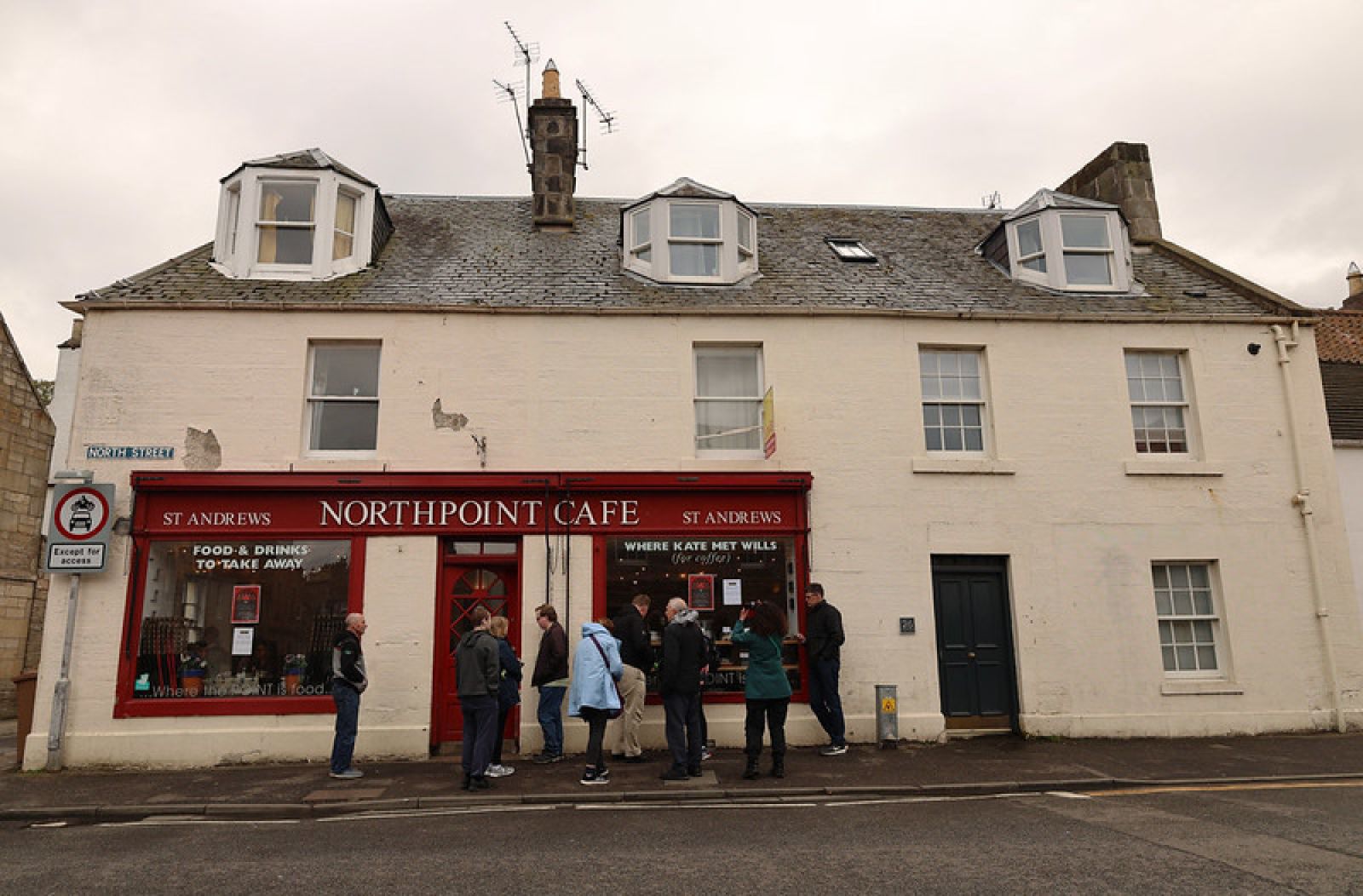
Spending time in the charming town of St Andrews.
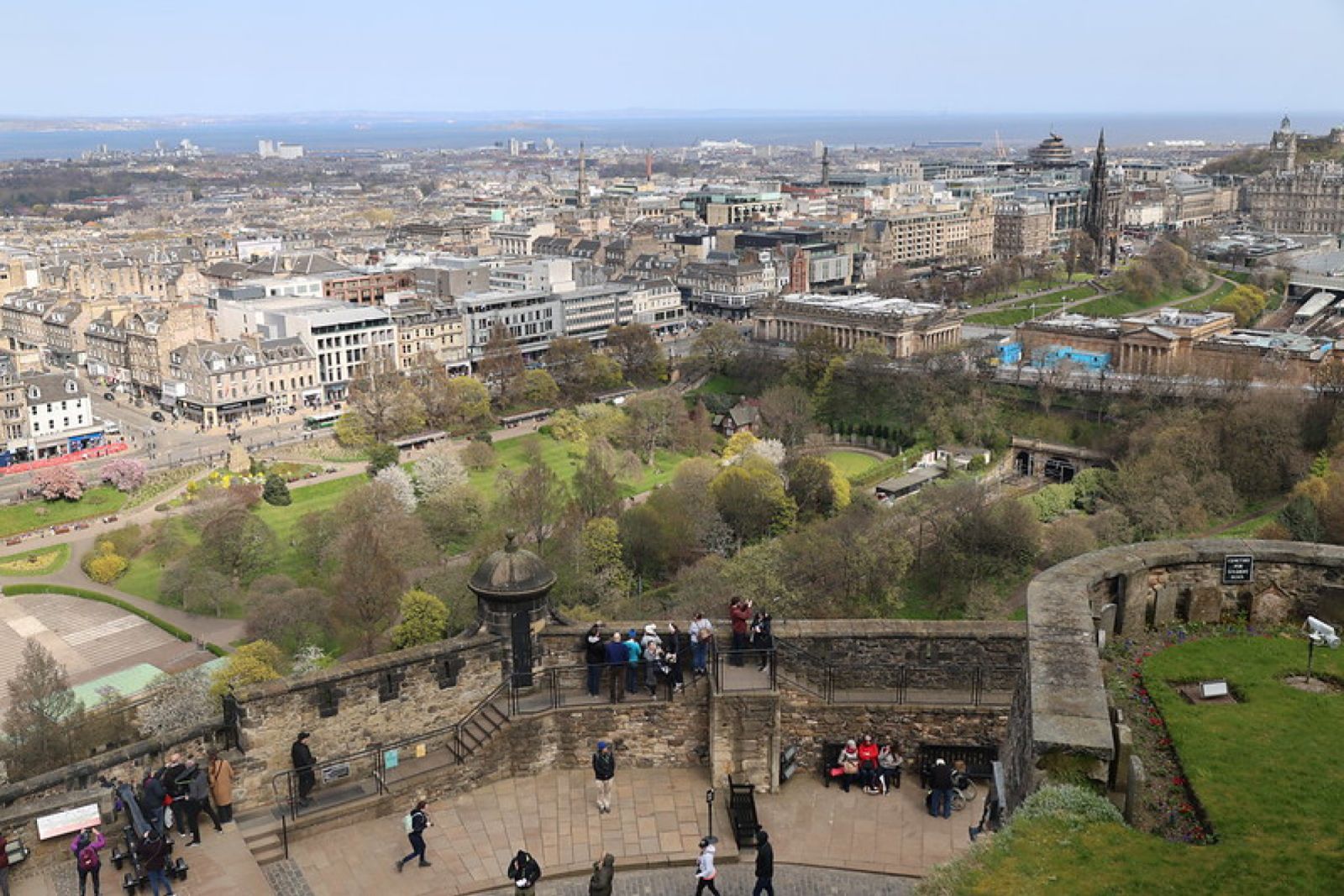
Panoramic views of the city from the castle.
